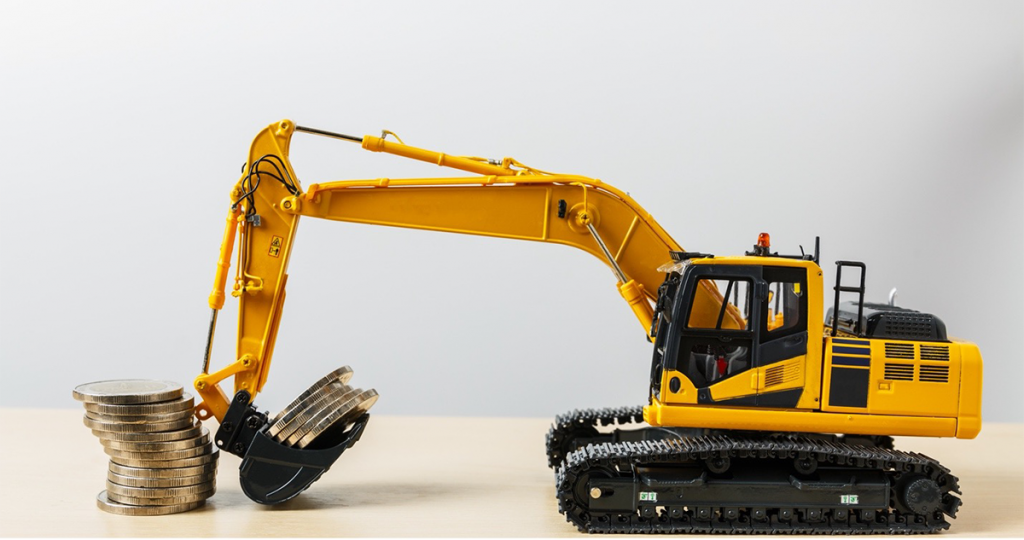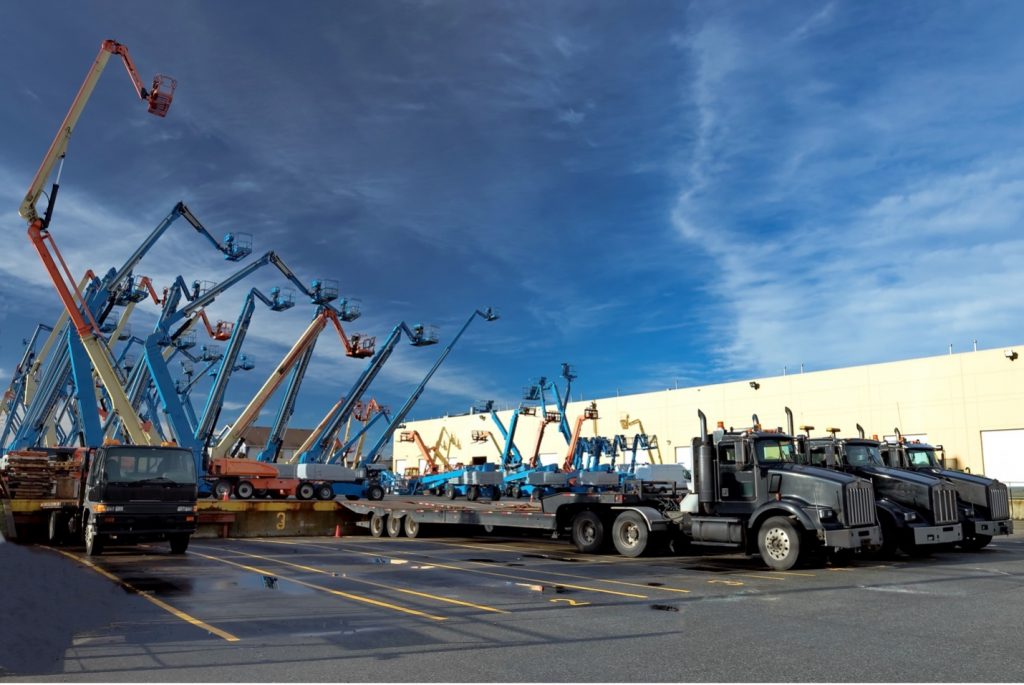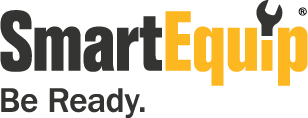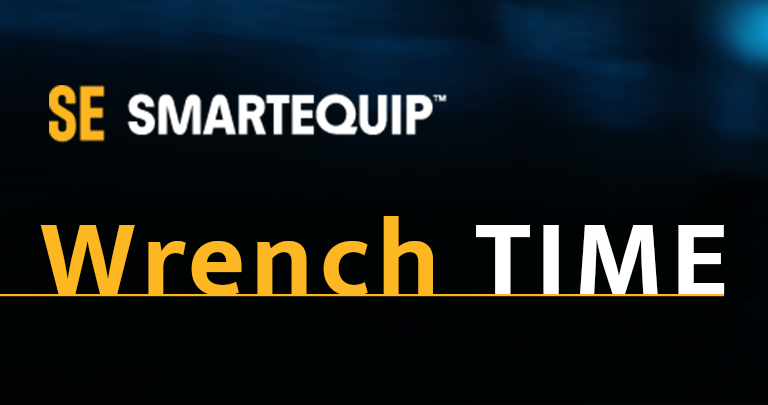
Equipment that sits idle does not make you money. This isn’t exactly groundbreaking information – it’s common sense. But beyond this exceedingly obvious point, the importance of equipment uptime to driving not just revenue, but earnings and profitability, is often not sufficiently understood.
Imagine this: you run a hotel. Let’s say you rent out a single room 200 nights of the year, at $200/night. The other 165 days, that room is providing you zero revenue.
If you were able to rent out that room, even just for one additional day, that would reflect a $200 increase in revenue. More importantly, it would be high-quality revenue. The costs associated with the additional night of rental are essentially zero (perhaps some minor electricity use, housekeeping, and some minor wear and tear). In other words, what makes the additional $200 so attractive is that essentially all of it falls right to your bottom line.
The same applies to your rental business: nothing drives up your earnings more rapidly and extremely than finding a way to add one more high-margin rental. Because here, too, in most cases, the majority of additional rental falls to the bottom line. Therefore, nothing is likely to have as strong a potential in improving earnings than finding ways of reducing equipment downtime.
Understanding the Importance of Uptime
Rental businesses usually track equipment usage via a wide, constantly growing series of uptime measures, and the two most shared forms are time utilization and financial utilization.
Time utilization provides what fraction of the time a piece of equipment is rented out, which is when it receives revenue. It is driven up by greater equipment availability, but in the absence of any financial metrics, it will not give insight about the value of improved uptime on revenue, let alone profitability.
Financial utilization provides revenue information, relative to the investment value of a fleet of equipment – otherwise known as the “financial yield” of the assets. If a unit of equipment costs a company $40,000 and nets $20,000 in rental revenue per year, this 50% utilization will give provide information about one part of the earnings picture. However, again, there will not be much about the contribution of uptime improvement on a company’s overall profitability.

Even mapping the total annual cost of purchasing, servicing, maintaining, and managing that one piece of equipment does not provide a full picture of the value of improving uptime. As with the hotel room, it is the last, additional rental that carries the highest margin and contributes the most to the rental company’s profitability.
Put differently, it is the incremental improvement of equipment usage which will drive the bottom line the most.
Improving Earnings by Reducing Downtime
So why is there equipment downtime? A significant part of the answer is that equipment requires service, maintenance, repair, and that all these activities require parts.
Now think about the cost of parts. For most equipment owners, as a rough rule of thumb, the cost of parts is 3% of original equipment cost (OEC) per year.
But parts need to be attached to the equipment by service technicians, so there’s also a labor cost to parts. For a typical rental fleet this, too, tends to be an additional 3% — which now doubles the “true” cost of parts.
But guess, even at 6%, both costs combined are still smaller than the cost of downtime – of preventing that one additional rental. The “true” cost of parts in terms of lost earnings are a multiple higher than the 3% of OEC a typical rental company spends on parts each year.Avoiding equipment downtime via streamlined service and parts ordering will improve equipment availability. It will drive up earnings by enhancing revenue where it matters the most – with that last additional rental, while keeping incremental costs very low.
Technology Saves the Day
Thankfully, there’s technology that can drive profitability and an earnings increase. It gets parts fast, and it gets facilitates fast service. Both of those will directly reduce service technician cost and directly improve equipment uptime.
SmartEquip Procurement was explicitly designed to achieving this reduction in cost, and dramatically lift revenue and earnings for equipment rental businesses.
With SmartEquip, equipment owners can get the parts they need for all the brands of equipment in their fleet, right when they need them. As a result, their equipment is constantly up and ready to go, so they can take advantage of that last high-margin rental. It will support techs on each job, in a manner that is dynamically customized to the very serial number of the model and make equipment they are working on.
SmartEquip Procurement provides support 24/7 alongside an intuitive, single log-in user interface and extensive parts catalogs. Equipment rental businesses can stay agile to meet these just-in-time, high-margin demands. This in turn helps maximize equipment rental profits.
SmartEquip – A Tool to Maximize Rental Profits

In order to reach optimal fleet uptime, a reliable parts procurement and service support platform is key.
SmartEquip connects a robust network of well over 600 suppliers that allows the user to seamlessly purchase spare parts from their vendors.
SmartEquip Procurement can:
- Streamline and accelerate the parts ordering process
- Expedite parts delivery time reduce order errors by providing real-time parts availability and supersessions
- Provide technicians access to comprehensive, dynamically customized parts catalog libraries with updated diagrams and support materials for multiple brands
- Improve shop efficiency and technician wrench time
Don’t let those massive profit margins needlessly slip away. See how you can capitalize on the rental market boom with SmartEquip Procurement.

Dr. Alexander A. Schuessler is the founder of SmartEquip and president of its International Group. He is also a member of the technology committee of the European Rental Association.



